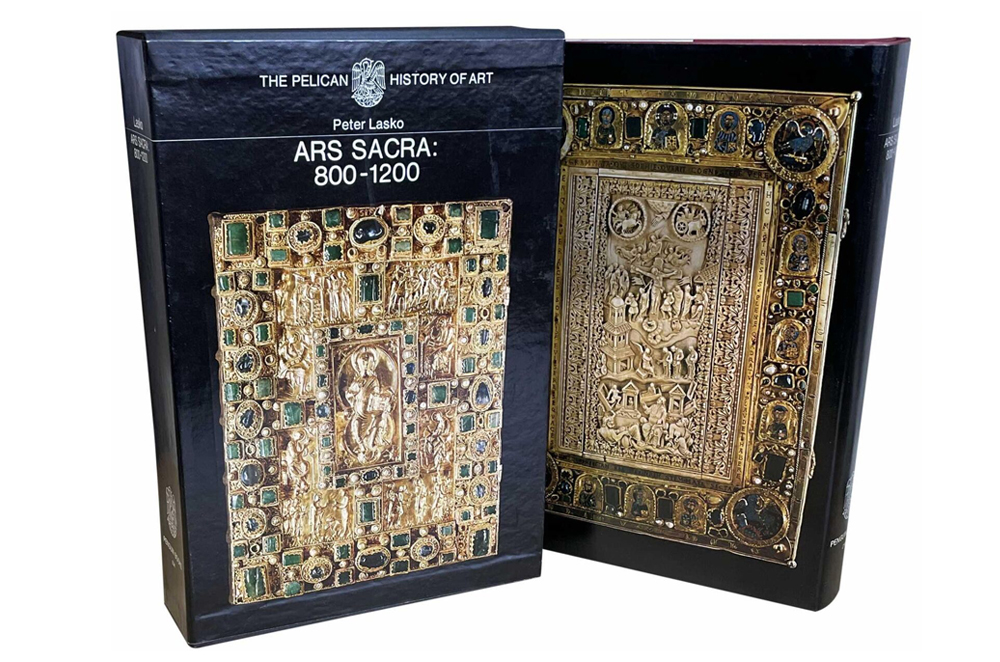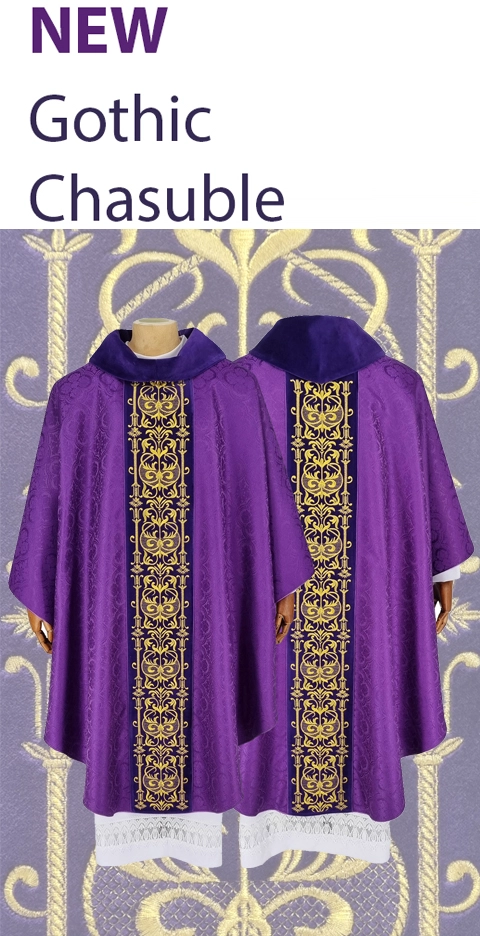
Blog View all


Chasubles - Liturgical Vestments
Chasubles: A Closer Look at this Liturgical Vestment
When one thinks of liturgical vestments, chasubles are probably some of the first garments that come to mind. These flowing robes worn by priests during Mass and other sacred ceremonies have been an integral part of the Catholic faith for centuries. But what exactly are chasubles, and what is their significance?
Catholic vestments store - vestments24.com
At Vestments24 you will find a wide selection of chasubles and vestments. Our mission is to offer Ackermann chasubles and Ackermann vestments of the highest quality while maintaining competitive, low prices.
Liturgical vestments sets
In our store, you can buy ready-made liturgical sets, such as sets of chasubles with dalmatic, sets of chasubles with cope, high mass sets and many others. Thanks to many years of tradition in selling high-quality liturgical items, we know what our customers need and prepare it for them in cost-effective sets. For smaller needs, we also offer single liturgical items. These are not only chasubles and vestments, but also items such as altar cloths, embroidered appliques and albs and surplices.
Attractive loyalty program
For our regular customers, we offer an attractive loyalty program that will make shopping in our store even more attractive. Join the ranks of Vestments24's satisfied customers and get attractive discounts!
To make purchasing at Vestments24 even more convenient, we offer gift cards of various values, which are an excellent idea for a gift.
Efficient delivery wherever you are!
We strive to provide an excellent shopping experience for our customers. Our vestments for the USA are delivered to every state swiftly and professionally. Regardless of whether you are looking for vestments in New York, vestments in San Francisco, vestments in Colorado Springs, vestments in Washington or vestments in Atlanta, you can be sure that after purchasing in our store, your chasuble will be delivered to you quickly and without any problems. The waiting time for shipping varies, depending on the type of goods ordered, from 4 to 6 weeks.




